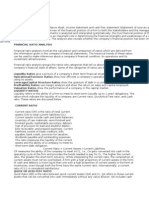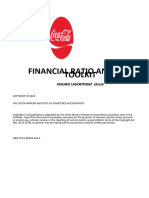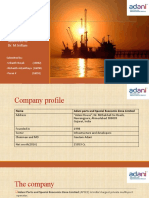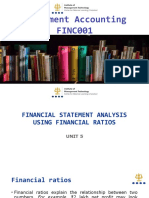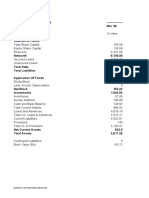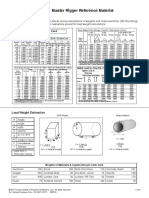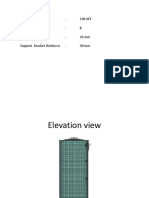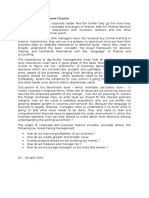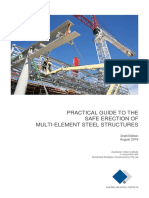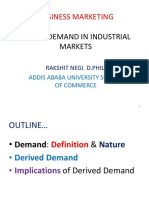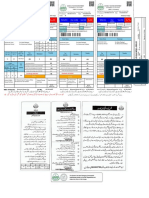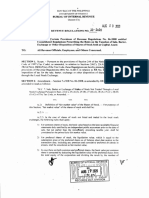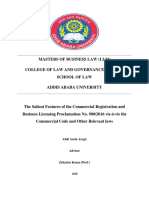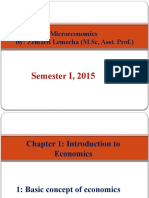0% found this document useful (0 votes)
69 views11 pagesRatio Analysis - Addendum To Assignment
Ratio analysis is a widely used financial analysis tool that provides insights by relating numerical financial data. However, ratios should be interpreted carefully and in context over time rather than in isolation. Multiple ratios across different categories like liquidity, solvency, profitability and asset utilization should be examined together to fully understand a company's financial performance and health. Funds flow analysis can also supplement liquidity analysis by evaluating sources and uses of funds and assessing financial strategies and risks.
Uploaded by
Kintali VinodCopyright
© © All Rights Reserved
We take content rights seriously. If you suspect this is your content, claim it here.
Available Formats
Download as PPTX, PDF, TXT or read online on Scribd
0% found this document useful (0 votes)
69 views11 pagesRatio Analysis - Addendum To Assignment
Ratio analysis is a widely used financial analysis tool that provides insights by relating numerical financial data. However, ratios should be interpreted carefully and in context over time rather than in isolation. Multiple ratios across different categories like liquidity, solvency, profitability and asset utilization should be examined together to fully understand a company's financial performance and health. Funds flow analysis can also supplement liquidity analysis by evaluating sources and uses of funds and assessing financial strategies and risks.
Uploaded by
Kintali VinodCopyright
© © All Rights Reserved
We take content rights seriously. If you suspect this is your content, claim it here.
Available Formats
Download as PPTX, PDF, TXT or read online on Scribd
/ 11


